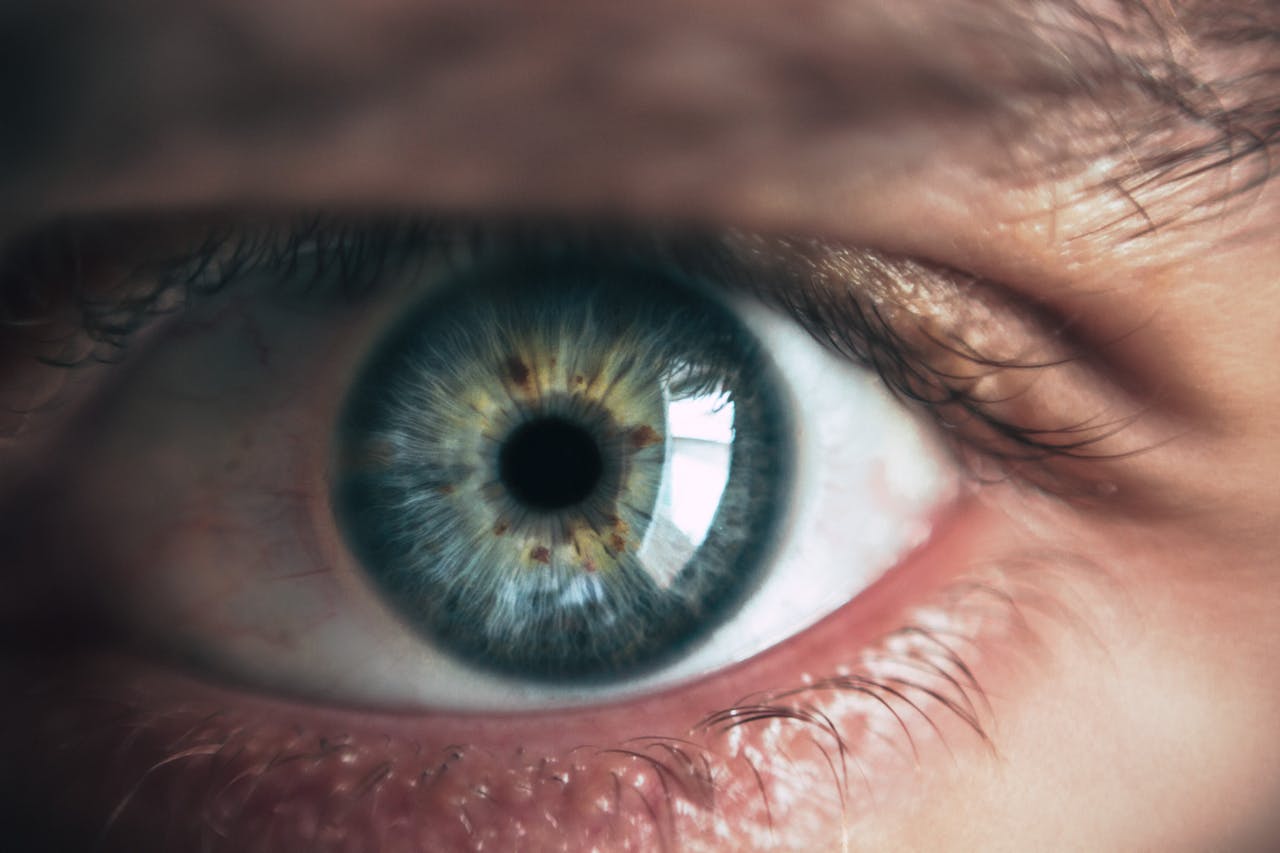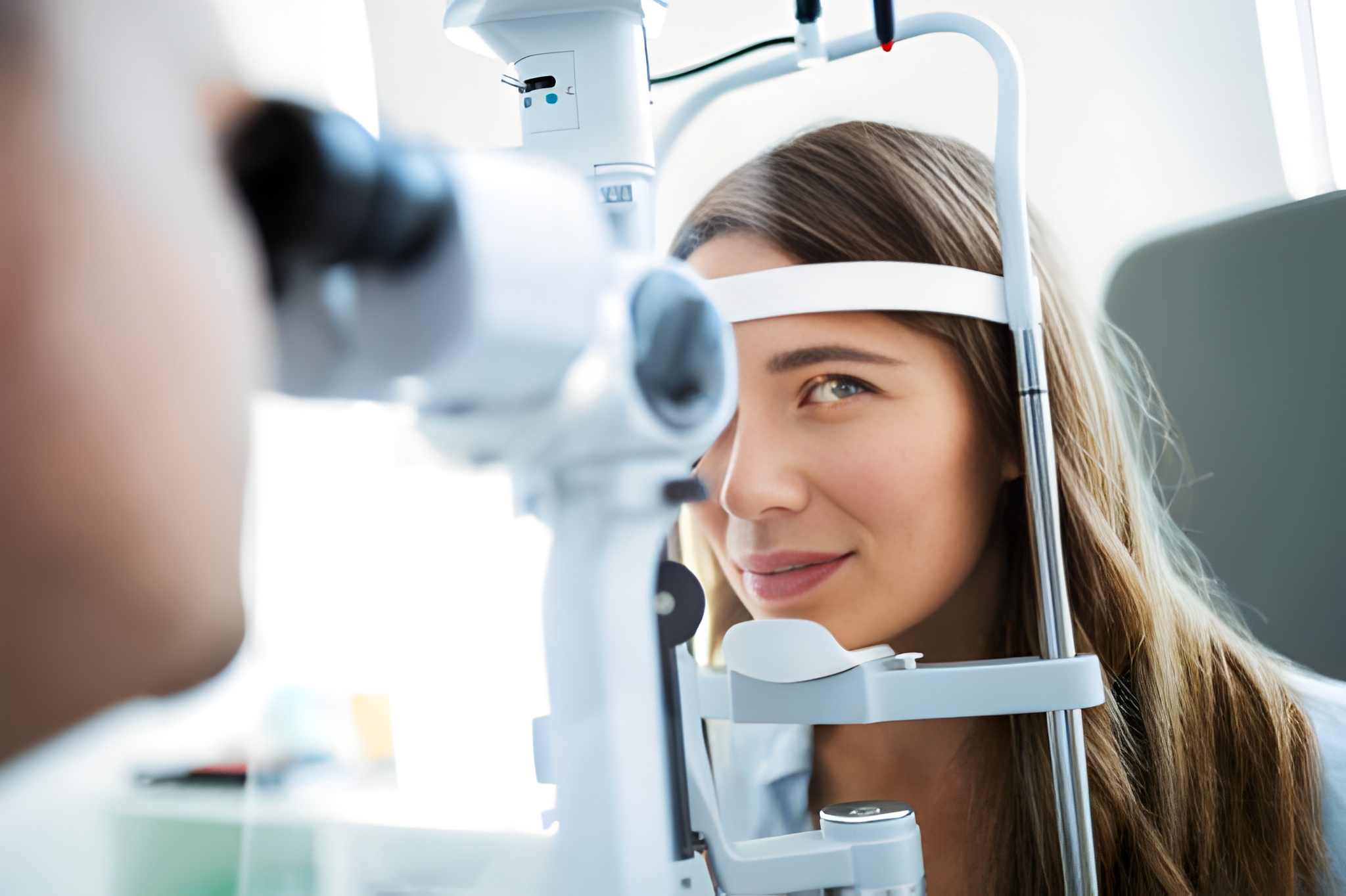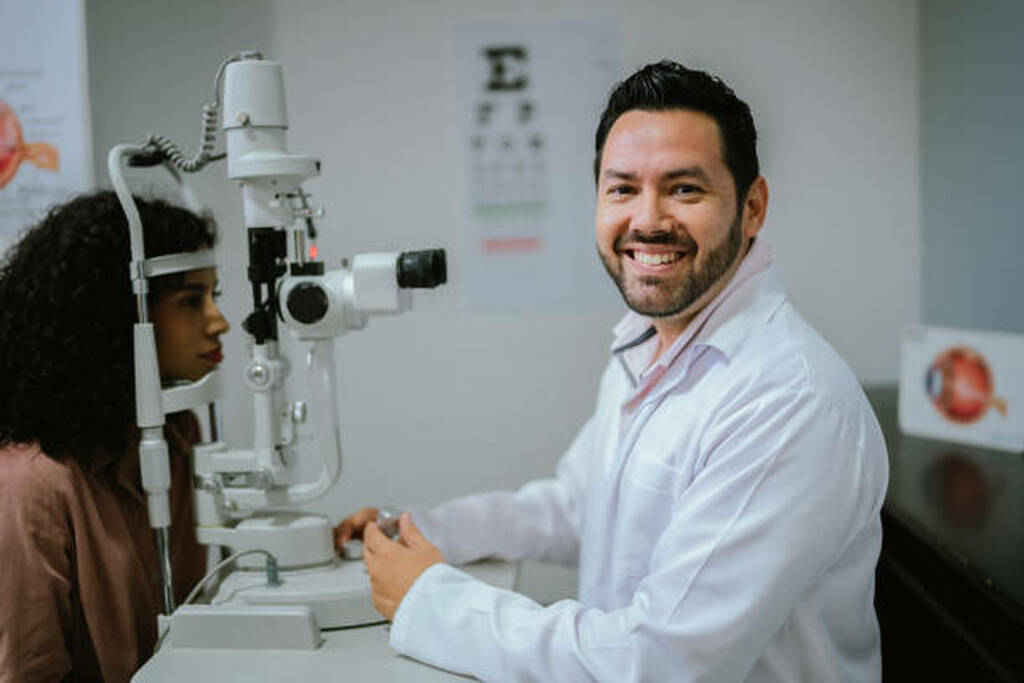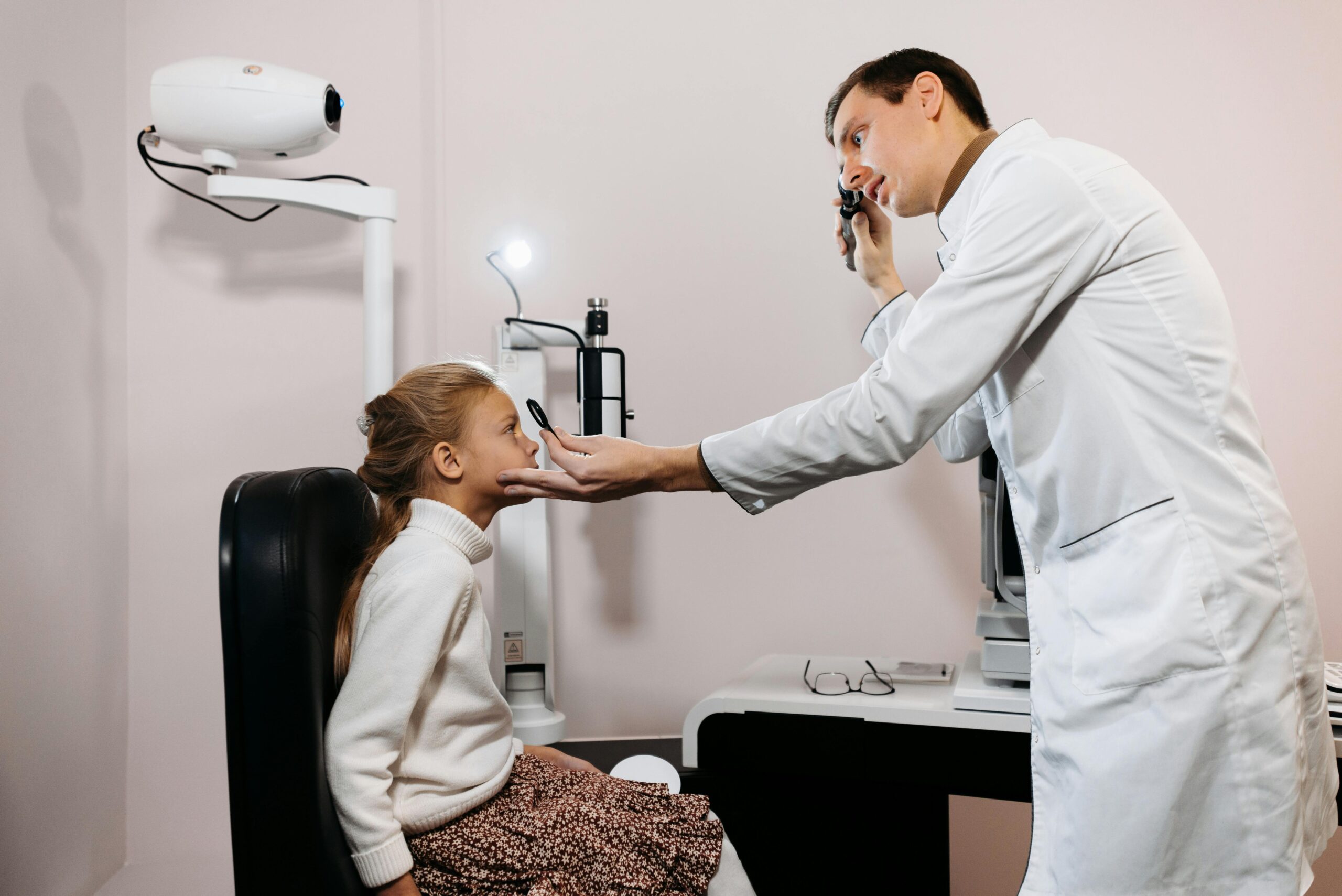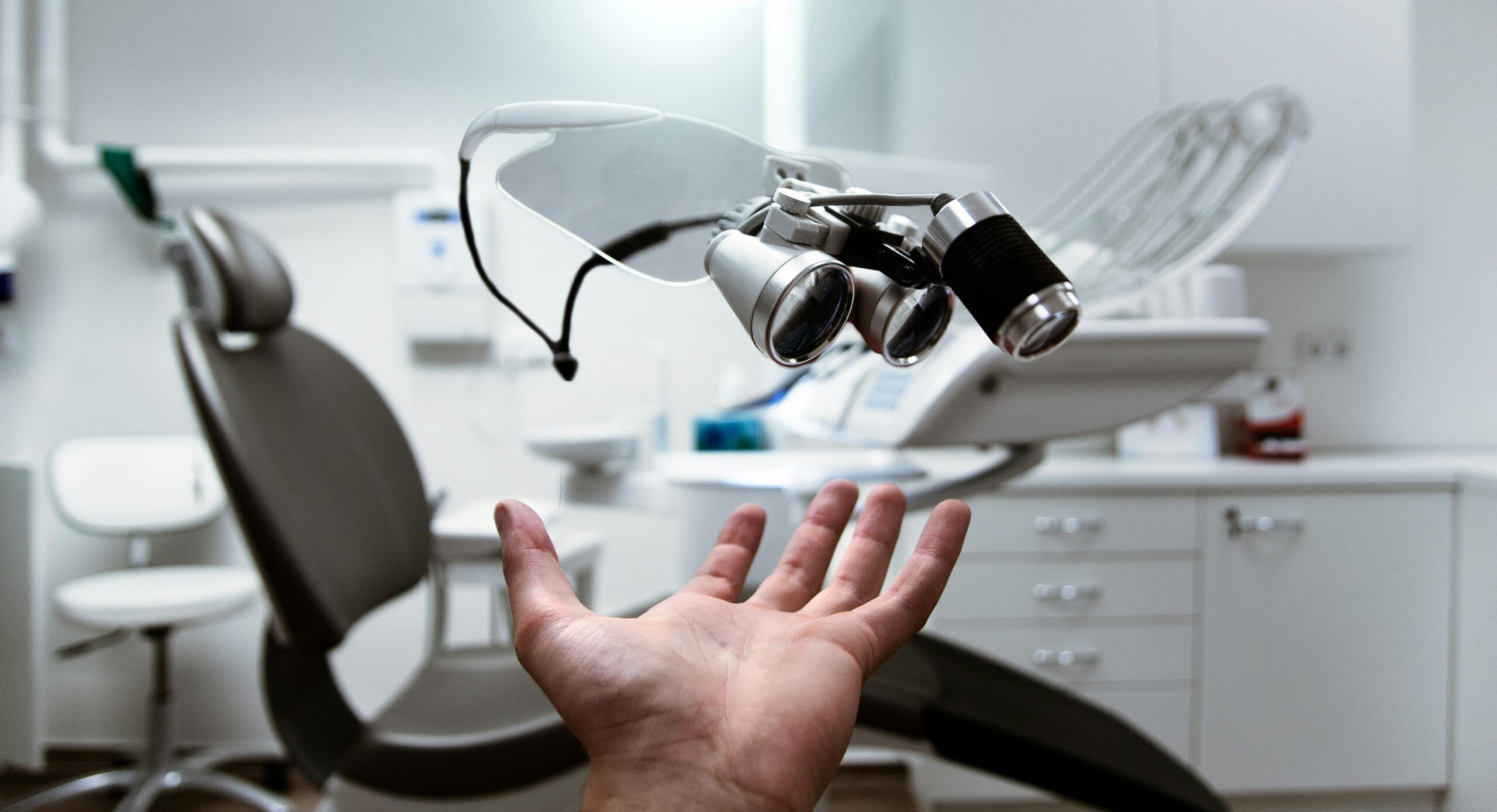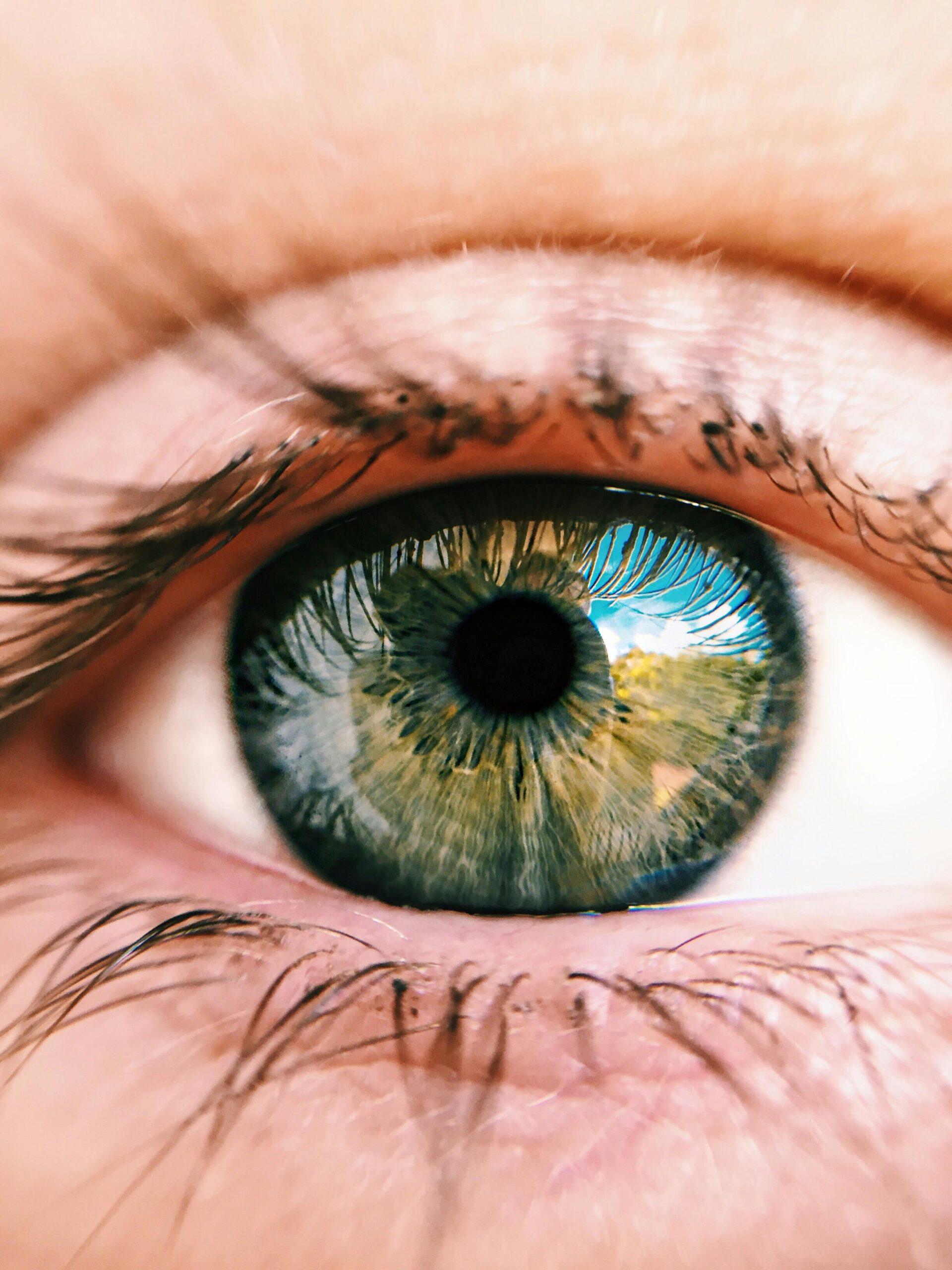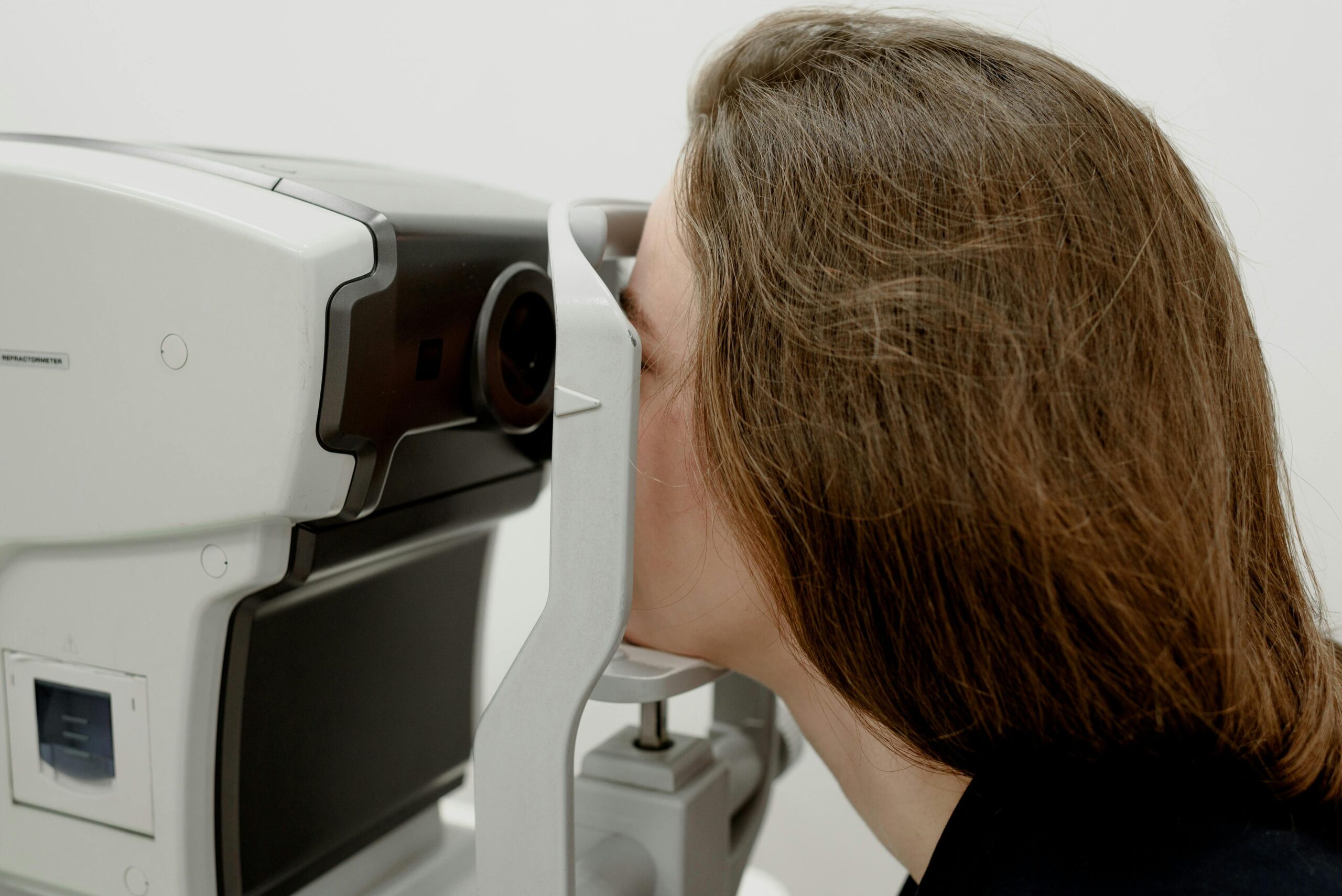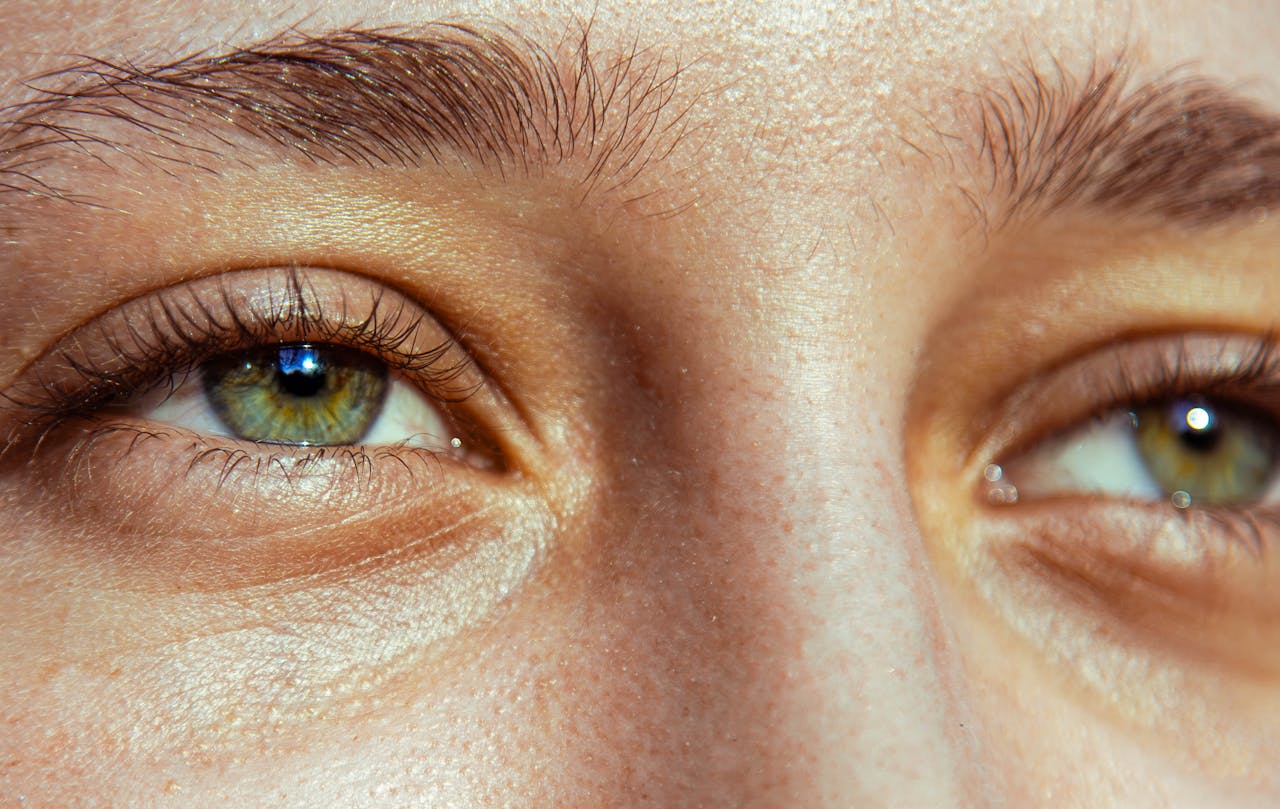Pink eye is also known as conjunctivitis. It is a common eye condition in which people feel redness, itching, and sometimes discharge from the eyes. However, not every red or irritated eye is pink eye. Many other conditions imitate its symptoms which can cause misdiagnosis.
Learning these differences can help you seek the right treatment. In this article, you’ll explore what can be mistaken for pink eye, how to identify key differences, and the best treatments for each condition. Read on to learn about it commonly misdiagnosed as pink eye in detail.
What Else Could Be Mistaken for Pink Eye?
Several eye disorders are often confused with pink eye. Misdiagnosis can delay proper treatment which can result in worsening the condition. The following are common misdiagnosis:
1. Allergic Conjunctivitis
This condition looks like a pink eye but has different triggers. It is caused by allergens such as:
- Pollen.
- Dust.
- Pet dander.
Its symptoms include:
- Redness.
- Itching.
- Watery eyes.
Unlike bacterial conjunctivitis, it does not cause thick discharge. Allergy medications can help control it.
2. Dry Eye Syndrome
Dry eyes often imitate pink eye. Its signs include:
- Redness.
- Irritation.
- A gritty feeling in the eyes.
These occur when tears evaporate too quickly or the eyes fail to produce enough tears. Artificial tears or tear duct plugs are common treatments.
3. Blepharitis
Blepharitis involves inflammation of the eyelids. Symptoms include:
- Red.
- Crusty eyelids.
- Irritation.
Although redness may resemble conjunctivitis, blepharitis usually does not involve eye discharge. Treatments include:
- Warm compresses.
- Antibiotic ointments.
4. Stye (Hordeolum)
A stye is a red and painful bump along the lash line or inside the eyelid. Though it may cause redness, it is mainly identified by its pimple-like appearance. In this condition, the patient may need warm compresses or antibiotics.
5. Keratitis
Keratitis is inflammation of the cornea. Symptoms include:
- Redness.
- Blurred vision.
- Sensitivity to light.
It differs from conjunctivitis due to its link with corneal infections or injuries. Treatment often involves:
- Antibiotic.
- Antifungal eye drops.
6. Uveitis
Uveitis causes inflammation of the uvea which is the middle layer of the eye. Its signs include:
- Redness.
- Pain.
- Blurred vision.
- Sensitivity to light.
Unlike the pink eye, it can cause some serious complications without prompt treatment. Steroid drops are commonly prescribed to treat it.
7. Glaucoma
Early glaucoma may show no symptoms, but advanced cases can cause:
- Severe Redness
- Eye pressure.
Unlike the pink eye, glaucoma does not cause discharge. Patients need immediate medical help to prevent vision loss. Treatments include:
- Prescription drops.
- Surgery.
8. Episcleritis
Episcleritis involves inflammation of the episclera. It is referred to as the clear layer over the white part of the eye. It may cause:
- Redness.
- Mild pain. (Rarely involves vision changes or discharge).
Artificial tears or NSAIDs usually resolve this eye condition.
9. Corneal Abrasion or Injury
A scratched cornea can be mistaken for pink eye. Signs include:
- Severe pain.
- Tearing.
- Blurred vision.
Unlike conjunctivitis, it usually follows an injury. The treatment of this condition involves:
- Antibiotic drops.
- Protective patches.
10. Chalazion
A chalazion is a painless bump on the eyelid that can cause swelling and redness. It is not an infection, unlike pink eye. Patients with persistent cases may need warm compresses or surgery.
11. Scleritis
Scleritis is inflammation of the sclera which is the white part of the eye. Pain often radiates to the face or jaw. Unlike conjunctivitis, it is more severe and may require:
Immunosuppressive drugs.
Steroids.
Moreover, other conditions which can be misdiagnosed as pink eye are:
- Iritis.
- COVID-19-related conjunctivitis.
- Non-infectious conjunctivitis.
It’s best to consult a primary care doctor for the right treatment.
Key Differences Between Pink Eye and Other Eye Conditions
Knowing the symptoms of each condition helps differentiate pink eye from others:
- Pink Eye: Redness, watery or sticky discharge, no severe pain. It commonly affects both eyes.
- Allergic Conjunctivitis: Intense itching, watery eyes, seasonal occurrence.
- Dry Eye Syndrome: Gritty sensation, irritation, worsens after screen use.
- Blepharitis: Crusty eyelids, eyelash loss, recurring symptoms.
- Stye: Localised red bump, eyelid tenderness.
- Keratitis: Blurred vision, light sensitivity, corneal damage signs.
- Glaucoma: Gradual vision loss, increased pressure, no discharge.
- Scleritis: Deep, radiating pain, severe redness, and light sensitivity.
Next, let’s explore how these eye conditions are treated.
How Are These Conditions Treated?
Proper diagnosis helps in effective treatment. Here’s how to manage each condition:
Pink Eye
- Cool compresses as it reduce swelling.
- Artificial tears because they can help ease discomfort.
- Antibiotic drops treat bacterial infections.
- Allergy drops relieve allergic conjunctivitis.
Allergic Conjunctivitis
- Antihistamine eye drops block allergens.
- Oral antihistamines provide systemic relief.
- Allergy shots reduce sensitivity over time.
Dry Eye Syndrome
- Artificial tears restore moisture.
- Tear duct plugs conserve natural tears.
- Prescription drops reduce inflammation.
Blepharitis
- Warm compresses soften crusts.
- Gentle eyelid cleaning reduces bacteria.
- Antibiotic or steroid drops to control inflammation.
Style
- Warm compresses speed healing.
- Antibiotics treat infection.
- Surgery drains persistent bumps.
Keratitis
- Antibiotic or antifungal drops combat infections.
- Artificial tears relieve irritation.
- NSAIDs manage inflammation.
Uveitis
- Steroid drops reduce inflammation.
- Oral or injectable steroids control severe cases.
- Regular monitoring prevents complications.
Glaucoma
- Prescription eye drops lower pressure.
- Laser treatments improve fluid drainage.
- Surgery may be necessary for advanced cases.
Episcleritis
- Artificial tears soothe irritation.
- NSAIDs reduce inflammation.
- Steroid drops treat severe cases.
Corneal Abrasion
- Antibiotic drops prevent infection.
- Protective patches protect the eye during healing.
Chalazion
- Warm compresses reduce swelling.
- The patient may need surgery or steroid shots.
Scleritis
- Steroid drops to control inflammation.
- Immunosuppressive drugs manage underlying causes.
- Biologic therapies treat severe cases.
When to Contact a Doctor?
You need to get professional eye care if:
- Signs stay beyond a few days.
- You notice severe pain or discharge.
- Vision changes occur.
- There is a history of eye injury.
- Symptoms link to chronic conditions like autoimmune diseases.
Early diagnosis can prevent complications. Don’t wait for symptoms to worsen.
Conclusion
Many eye conditions can be misdiagnosed as pink eye, but each requires different care. Learning their key differences is essential for proper treatment. If symptoms don’t go away on their own or worsen, consult an eye doctor immediately. Early intervention not only helps in getting the right treatment but also saves from long-term complications.
If you or your loved one suffers from eye discomfort, don’t wait for the eye condition to worsen. Consult an eye care doctor to improve your eye health today! Delaying eye care could worsen your condition. Protect your eyes now to avoid future complications.



